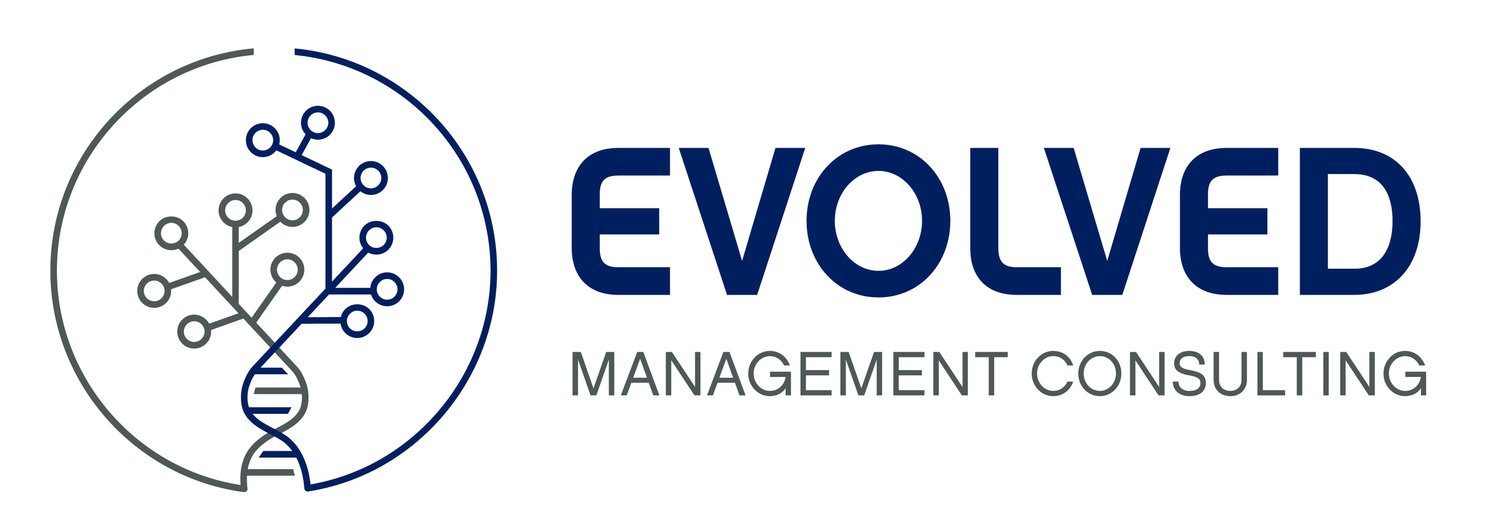SaaS - How cloud application delivery is changing
This article originally appeared in the Annex Consulting Group Newsletter.
Cloud is becoming a familiar term in business. In recent years, the adoption of cloud services for business has accelerated at a breakneck pace. Instead of replacing physical servers at the end of their life, businesses are opting to move their computing needs to a cloud provider. This shift in approach carries the benefits of reduced risk, lower capital costs, and greater flexibility.
SaaS
The next phase of cloud adoption is represented by the adoption of the software as a service model (SaaS). Traditional applications have to be installed on your computer, making them difficult to deploy, support, upgrade, and access. The SaaS model puts those applications in a web browser and on your smartphone, making them accessible from anywhere, anytime, without complications. Email, finance, CRM, file sharing, project management—from simple to complex—these apps are being delivered over the web.
IT has a seat at the table
This whole evolution is changing the role of the IT group in a business. If there are fewer servers and applications to look after, how does this affect the role of IT? In many cases, the result is a positive shift that elevates the role that IT plays in the business. With the wide range of applications and integrations available, businesses require more guidance in matching their needs with an integrated solution stack they can operate their business on.
Vendor management and performance management also play a much greater importance. Network reliability and stability become critical in this new model. Traditionally, if there was an internet outage, browsing would be affected, and email would stop flowing temporarily, but staff could still work. The risk in the SaaS model is amplified since so many more work functions are impacted by a network outage. This is why many organizations are looking at redundant internet providers for their office: one primary line as well as a backup in case there is an outage.
Business Continuity
In some organizations, their business continuity plan relies on the ubiquitous availability of the applications. If there was a flood or fire at the office location, people would still be able to work from home using personal computers or work laptops. This availability also extends to facilitating remote work. In fact, large enterprise companies like IBM, Microsoft, Telus, and others are saving millions by having their workforce based at home, reducing the need for large office spaces.
This enhanced partnership between the business and IT allows for greater opportunities for innovation, efficiency, and productivity. A business may start by moving email to a SaaS-based platform like Office 365, then adopt Salesforce or CRM online, and then move finance to Dynamics online or Xero. With each success, productivity increases, support costs go down, and user satisfaction goes up. Pretty soon, the business is reviewing all of the workflows in the organization and asking IT, “What about these parts? Can this be integrated, templated, and optimized?
For further insights into the evolving landscape of SaaS, listen to our podcast on ERP112 - 5G, AI, and the Cloud as it highlights key trends.
Digital Transformation
Businesses are increasingly becoming more digital and not just tech companies. Data is often the lifeblood of any organization, regardless of the work being done. The SaaS model of application delivery is changing the way organizations see, understand, and work with that data. Future organizational success will likely be determined by how progressive the business relationship is with IT.






